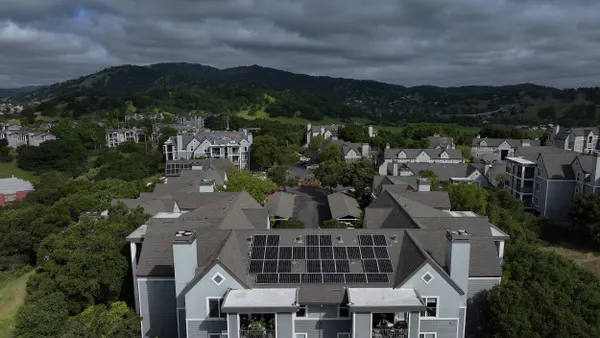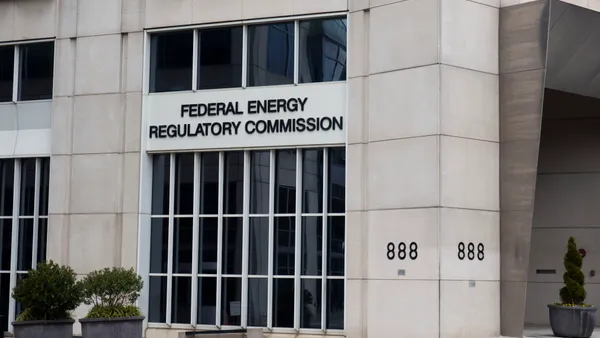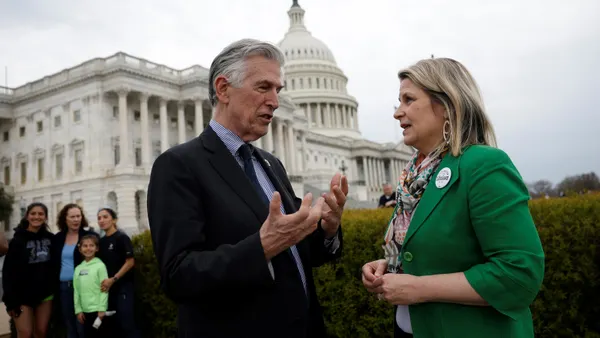For many state regulators, the trajectory of the energy transition is pretty much laid out.
In places like New York, Illinois or California, the state lawmakers and governors have set ambitious outward year goals for clean energy and grid modernization, placing utility regulators largely in the implementation role for those targets.
Not so in Ohio. When its commission's current chairman, Asim Haque, entered office in May 2016, the state had been mired in debates about coal and nuclear subsidies for years and lacked any meaningful state goals around clean energy or grid modernization.
But Haque and his colleagues on the Public Utilities Commission of Ohio (PUCO) knew that electricity customers increasingly demand new clean energy technologies, from smart thermostats to solar panels. They wanted their power grids to be ready, but also knew that any heavy-handed directives from the commission could be anathema in the increasingly red state.
Haque's solution was to take the issue to utility stakeholders, launching Power Forward, an exploratory regulatory docket that sought to determine how the state's utilities should be regulated and incentivized in the 21st century.
More than 100 hours of commission testimony later, Power Forward released its final report detailing modernization goals for the state's distribution utilities in August of this year. While much work is still to come, Haque told EPS the approach could serve as a model for regulators in other states without ambitious clean energy goals.
"I think Ohio is instructive because our dynamic is completely different. You're not going to get those goals in Ohio and frankly you're not going to get those goals in a lot of the states in the Midwest and in the South," Haque said.
"We are taking a conservative approach to progressive utility policy," he added. "So, yes we do not have some of the delicious flash of some other state endeavors, but I think it is a really thoughtful approach and I would watch Ohio over the next few years and see who comes out ahead."
Directing a grid modernization effort was Haque's central goal when he took the reins at PUCO, but to get there his commission had to dispense with years of debate over subsidies for aging coal and nuclear plants — the predecessor to the federal bailout proposals of today.
After FERC blocked special power purchase agreements that PUCO had approved, Haque's solution was to approve limited payouts for the Ohio Valley Electric Corporation and a "distribution modernization rider" for utility FirstEnergy so it could retain its creditworthiness despite the financial struggles of its generation fleet.
The PUCO chairman said that decision was especially difficult, but ultimately allowed FirstEnergy to shed its power plant fleet and got all its utilities moving in the same direction on grid modernization.
"You're having me dredge up some painful memories here but I think that collectively we are on the same path now," Haque said. "All the utilities in our state want to be fully regulated utilities, but they are on the path of trying to figure out how to invest in the distribution system so as to provide value to customers. We're all on board with that and I think despite some of the challenging issues we've dealt with at the commission I think we have come out really on the right side of history associated with where we are right now."
Haque also touched on PJM's capacity reform docket and his view of the reliability situation in Ohio. Listen here:
Key Links:
Ohio's REV: PUCO to explore grid modernization, utility reform in PowerForward initiative
Exclusive: Ohio PUC details utility reform roadmap in PowerForward initiative
FERC blocks Ohio power plant subsidies for AEP and FirstEnergy
Eyeing FERC end-run, Ohio utilities keep pressing state regulators to support old plants


 Podcast
Podcast










